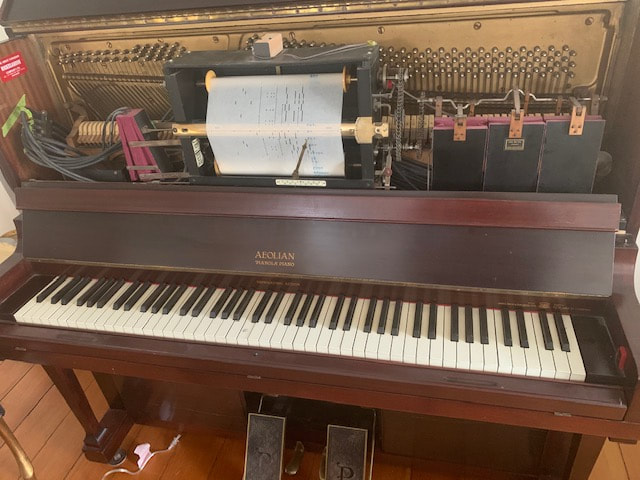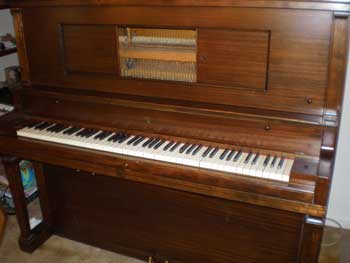

The hammers hit repeatedly until the pin is removed. Barrels do not provide a percussive force, but a relatively gentle switching motion.Įarly barrel pianos move the hammer back and forwards continuously as the operator turns the handle, but the hammers do not strike the strings until moved slightly forwards by a pin in the barrel. It proved to be difficult for a player device to combine a variable percussive force and a controlled note duration. The entire force required to sound the note must be given by the performer hitting the keys. The pianoforte is a complex instrument, requiring each note to be struck with a different force to control the dynamics of the performance. The playing task is ideally performed by a pinned barrel, and the art of barrel organs was well advanced by the mid eighteenth century. The power for the notes is provided by air from a bellows system, and the organist or player device only has to operate a valve to control the available air. These devices were later extended to operate musical boxes, which contain a set of tuned metal teeth plucked by the player mechanism.Īn early musical instrument to be automated was the organ, which is comparatively easy to operate automatically. The idea of using pinned barrels to operate percussion mechanisms (such as striking bells in a clock) was perfected long before the invention of the piano. The idea of automatic musical devices can be traced back many centuries. Fact|date=August 2008 The advent of electrical amplification in home music reproduction via the gramophone and wireless in the mid 1920s caused the eventual decline in popularity. The rise of the player piano grew with the rise of the mass-produced piano in the house and the sheet music industry explosion of the late 19th and early 20th century.

The player piano is a self-playing piano, containing a pneumatic mechanism that plays on the piano action pre-programmed music via perforated paper rolls.


 0 kommentar(er)
0 kommentar(er)
